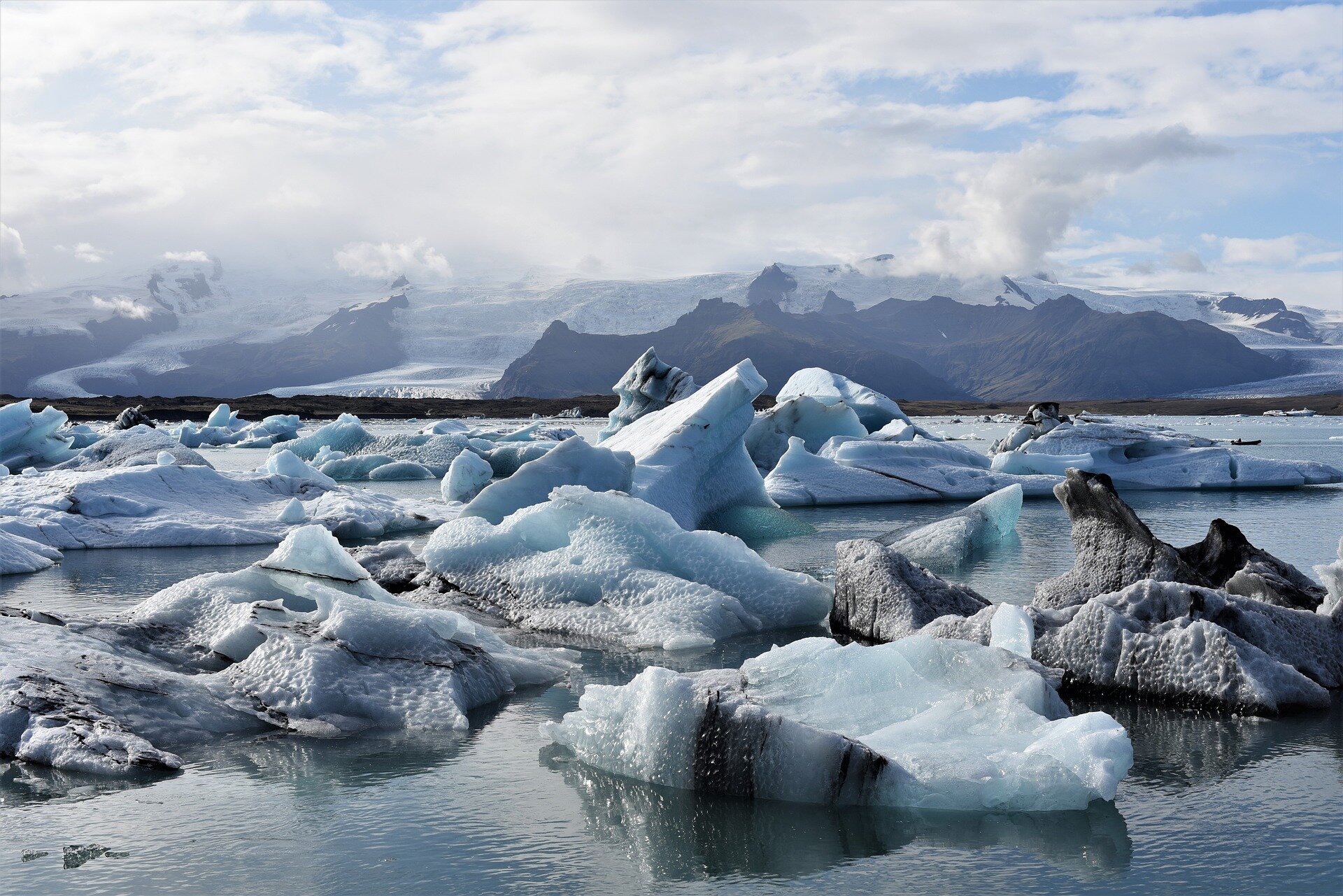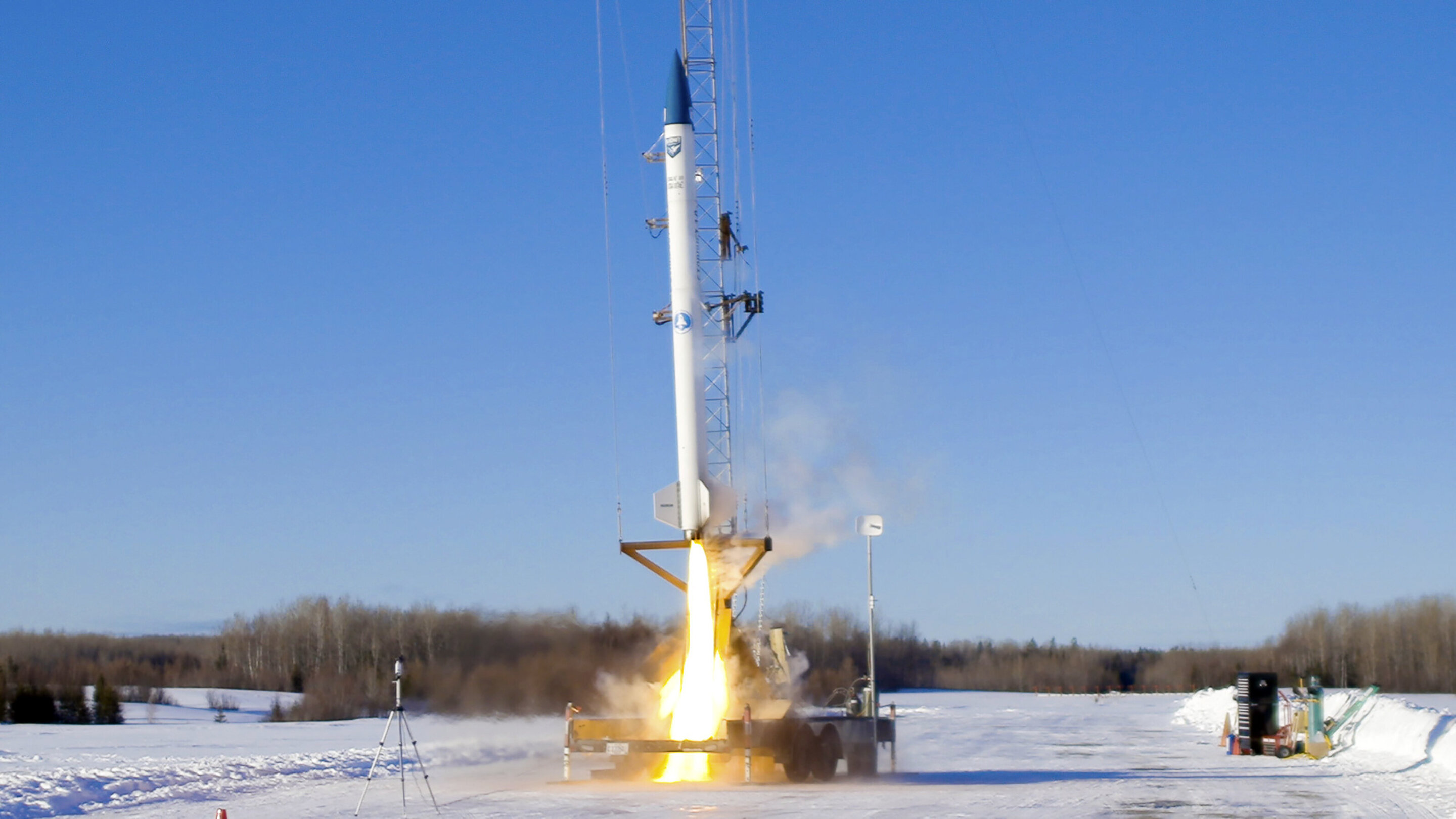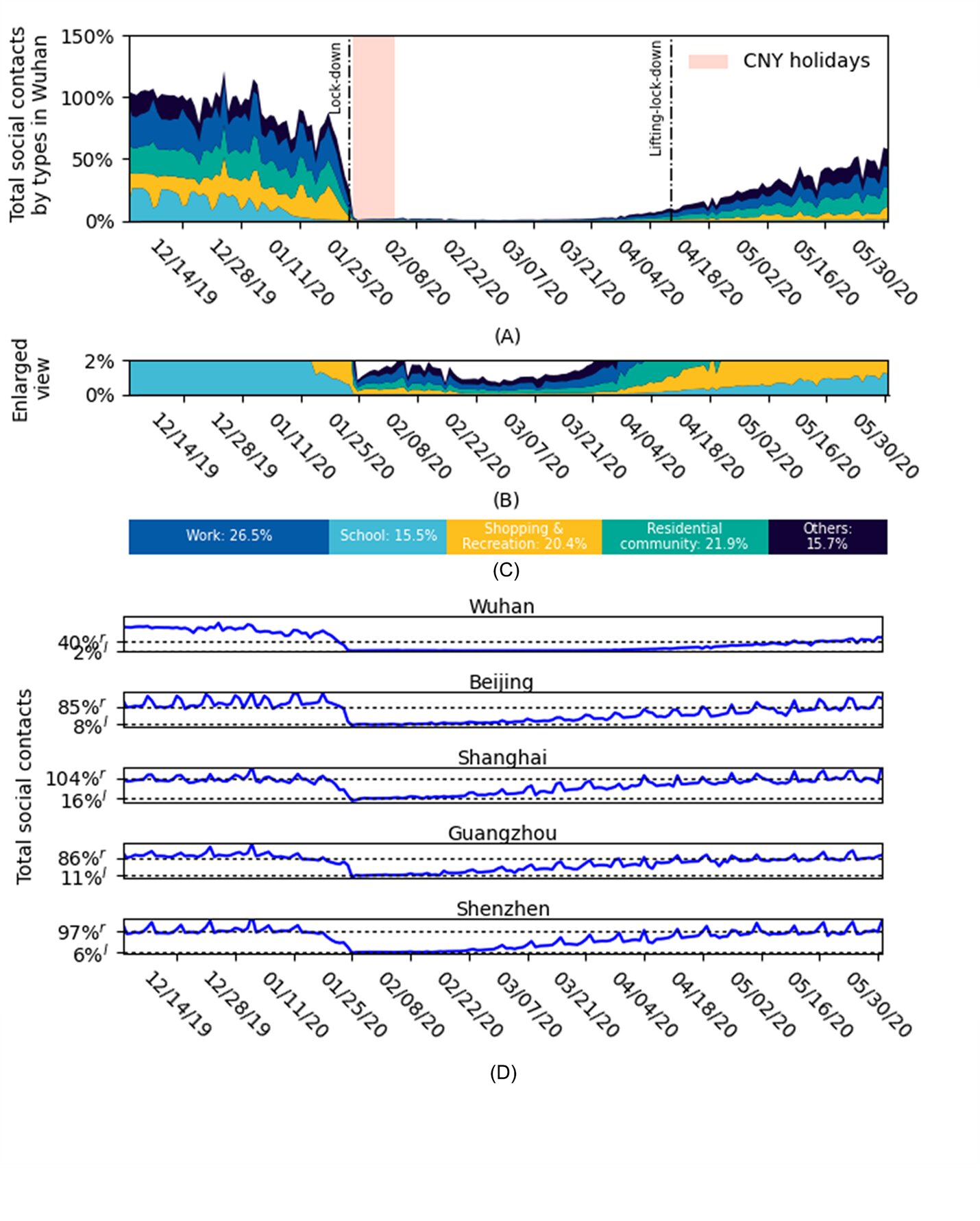#Can polar bears and narwhals cling on as the ice shrinks?

“#Can polar bears and narwhals cling on as the ice shrinks?”

As part of the Journal of Experimental Biology‘s Special Issue dedicated to climate change, Anthony Pagano (San Diego Zoo Global, USA) and Terrie Williams (University of California, Santa Cruz, USA), discuss the impact of environmental change on two iconic polar species; the polar bear and narwhal. Their review article is published in Journal of Experimental Biology.
Mammals in the Polar Regions face an uncertain future as unprecedented warming drives catastrophic sea ice loss, driving polar bears onto land, after losing access to sea ice and the highly calorific seals upon which they feed, forcing the animals to depend on lower calorie diets. The scientists say, “A polar bear would need to consume approximately 1.5 caribou, 37 Arctic char, 74 snow geese, 216 snow goose eggs (i.e.54 nests with 4 eggs per clutch) or 3 million crowberries to equal the digestible energy available in the blubber of one adult ringed seal.” They add, “Few resources exist on land within the polar bears’ range that could compensate for declines in seal feeding opportunities.”
Pagano and Williams have measured the energetic cost of movement for narwhals and polar bears and found that major ice loss translated into elevated locomotor that are 3- to 4-fold greater than expected when sea ice cover is normal. This increase in energy consumption, coupled with the loss of access to the polar bear’s main food source leaves them particularly vulnerable to starvation.
The scientists also consider how the high costs of diving for narwhals, coupled with the loss of reliable breathing holes upon which they depend, due to unpredictable sea ice shifts, have led to the mammals becoming trapped beneath the ice. The narwhal’s slow swimming paces also leaves them vulnerable to attacks by killer whales open water.
The scientists warn that the decline of both apex predators will ‘lead to rapid changes in the Arctic marine ecosystem.”
Shrinking sea ice is creating an ecological trap for polar bears
Anthony M. Pagano et al, Physiological consequences of Arctic sea ice loss on large marine carnivores: unique responses by polar bears and narwhals, The Journal of Experimental Biology (2021). DOI: 10.1242/jeb.228049
Citation:
Can polar bears and narwhals cling on as the ice shrinks? (2021, February 24)
retrieved 24 February 2021
from https://phys.org/news/2021-02-polar-narwhals-ice.html
This document is subject to copyright. Apart from any fair dealing for the purpose of private study or research, no
part may be reproduced without the written permission. The content is provided for information purposes only.
If you liked the article, do not forget to share it with your friends. Follow us on Google News too, click on the star and choose us from your favorites.
For forums sites go to Forum.BuradaBiliyorum.Com
If you want to read more Like this articles, you can visit our Science category.



